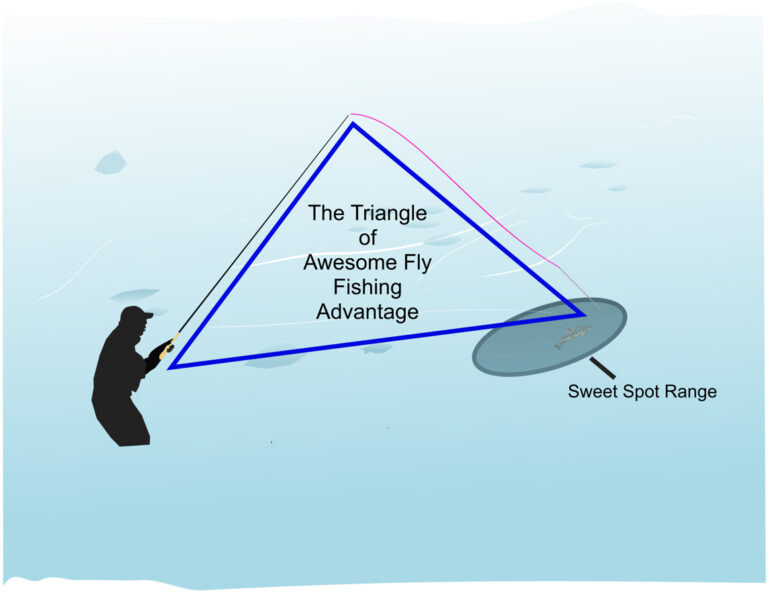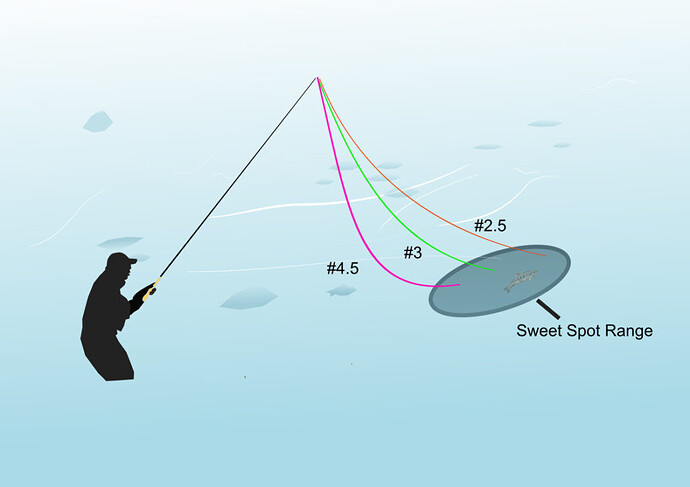Hello everyone. I’ve dipped my toes into the world of Tenkara, and after a somewhat uninspiring first trout experience, I’m hoping that some of you might be able to share some insight and suggestions. I apologize in advance for this being so long.
Just by way of background, I’d consider myself on the experienced end of western fly fishing having worked guided and fished extensively. I more or less understand what I’m trying to accomplish and how to catch fish. That being said, I’ve purposefully avoided euro nymphing as part of my western fly experience. Tight line nymphing? Sure.
I researched Tenkara extensively after being given a TUSA Sato by a friend, and am sold on Tenkara on a conceptual level. I love the simplicity and practicality of it. Implementation however…
Gear I was using: TUSA Sato at full extension, 3.5 level fluorocarbon line matching length of the rod, 4 feet of 4x tippet, Kebari style flies fished wet as well as traditional weighted nymphs.
The river in Maryland I was fishing was roughly 25 feet across and while technically a tailwater, fishes like a freestone.
All of the description below is describing fishing across current while attempting to dead drift, and not straight upstream or swinging down.
Issue 1: Line Drape
It took me a few minutes on the river to overcome my inclination to purposefully deliver flies with slack in the line, but I eventually realized that casts needed positive turnover and to be delivered more or less tight. Once I switched my casting style I started to feel like I was “fishing,” but I was continually frustrated by the weight of the line dragging the fly back toward me.
I’ve read descriptions of Kebari style flies “gripping” the water and feeling in contact with them. I very much did not experience this, and continually felt the weight of the line was dragging the fly back toward me over the course of the drift.
I did not expect to have this be so problematic and was part of the reason I had chosen a level line. I didn’t do this as it seemed contrary to the purpose of fishing Tenkara, but I had the impression that I needed an indicator to help anchor the fly through the drift. Weighted nymphs seemed to drag a little less, but still seemed unacceptable.
Issue 2: If a fish ate my fly I would have no idea.
I have relatively good vision, but fishing at this range there is absolutely no way I would have known if a fish had taken my fly. Am I supposed to be watching the tippet/line connection? If so, I feel like 4 feet of tippet is too much to provide adequate sensitivity.
Questions:
Is my line too long?
Is my tippet too long?
Is Tenkara not a great choice for extended dead drifts to search for fish?
Should I focus on quarter down streaming where I’ll be able to feel takes on a swing?
Is this just the way it is?
What am I doing wrong?
I’m wholly sold on the concept of Tenkara, but in all candor, this felt like a really compromised way to deliver a fly in comparison to a western setup. I’d like to have the lightbulb moment and make this work, and I’d love any help you could provide.

